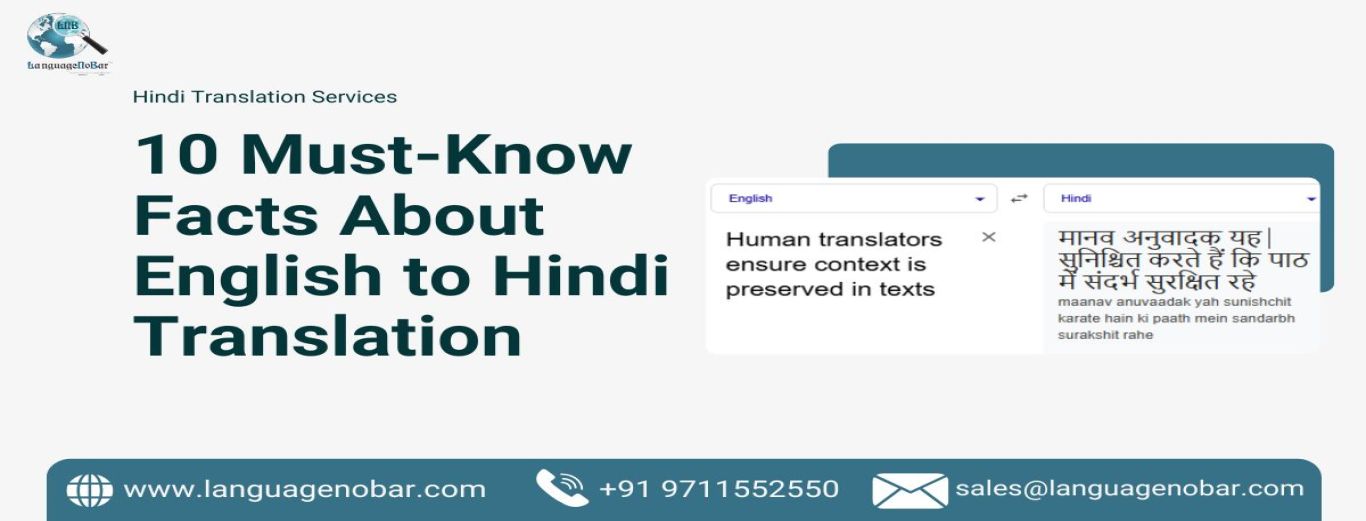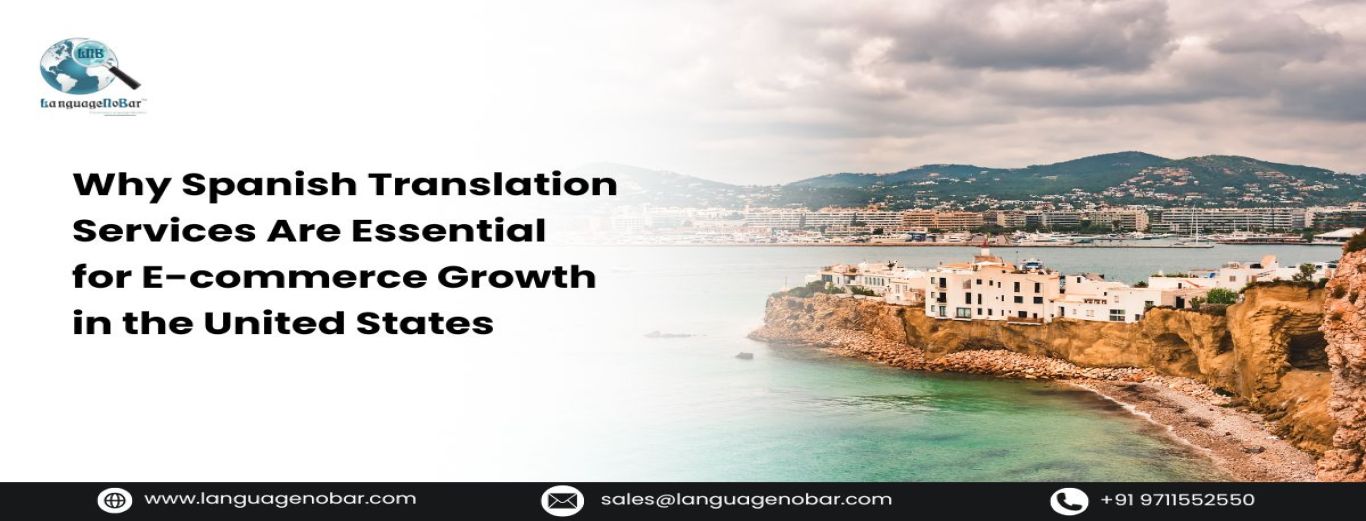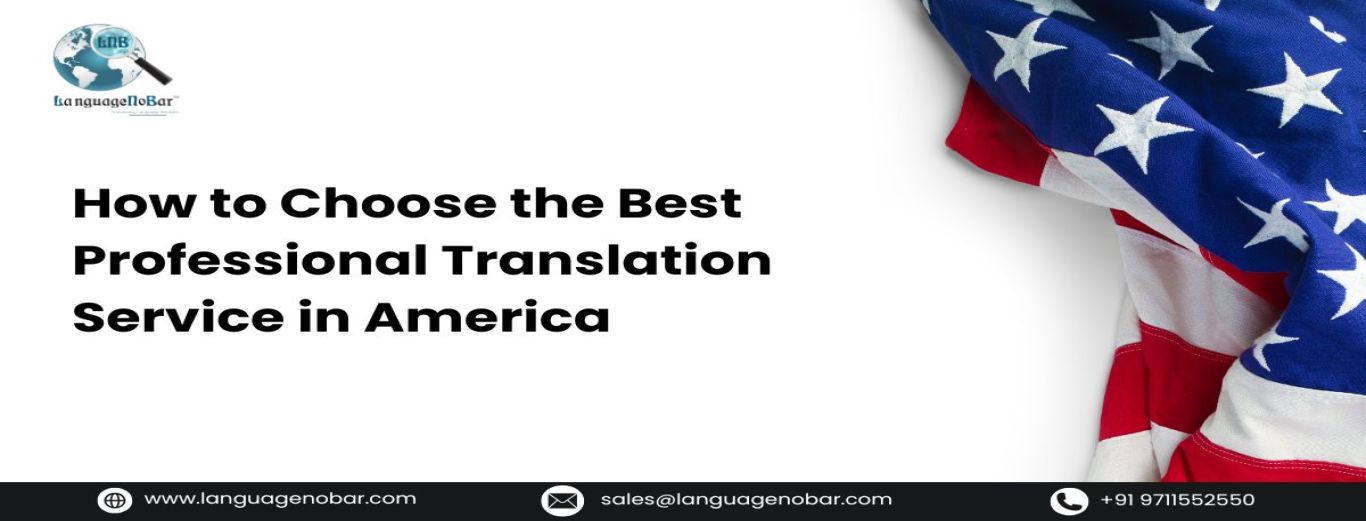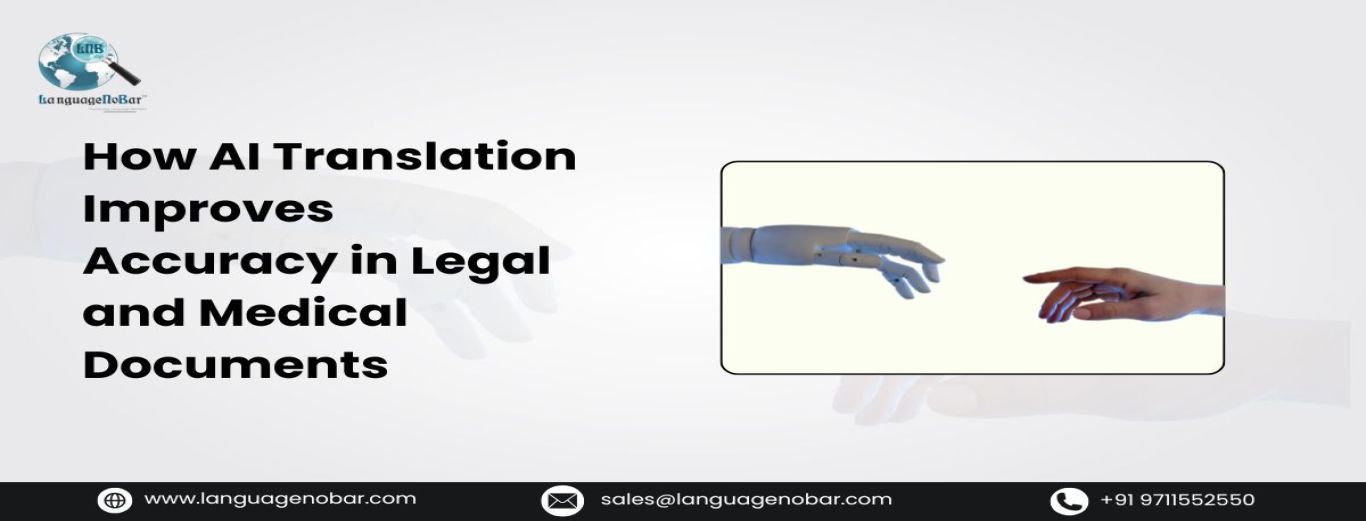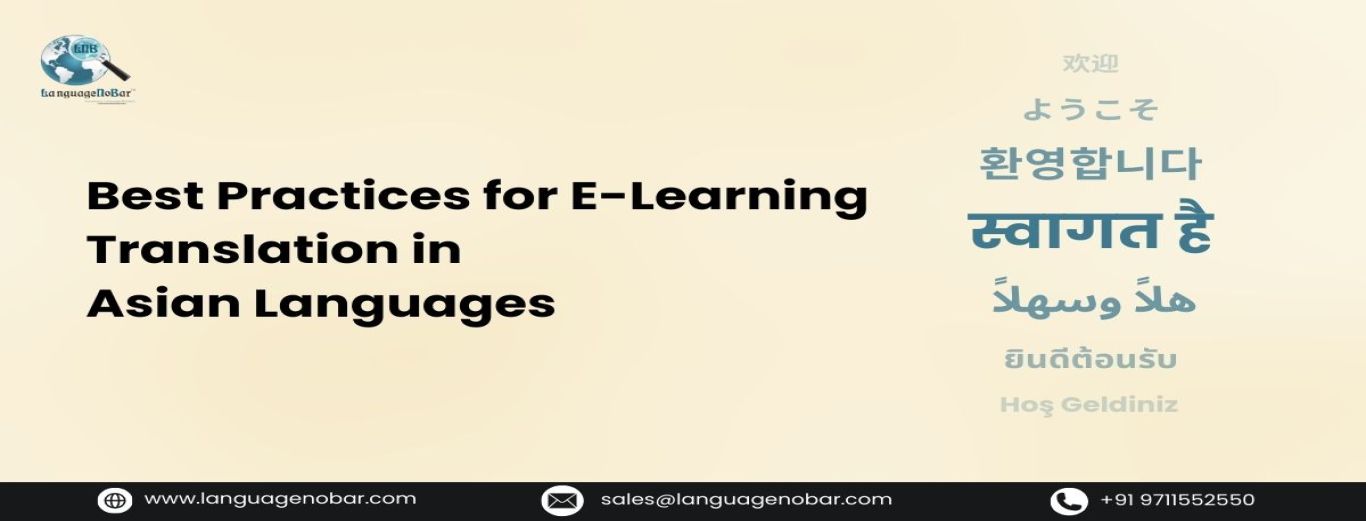Expand Your Business Reach Across Borders and Cultures with Website Translation
- Website Translation Services
- Comments (0)
In today's globalized world, businesses of all sizes are looking to expand their reach across borders and cultures. However, with different languages and cultures, it can be challenging to effectively communicate with potential customers and clients. This is where website translation comes in. By translating your website into different languages, you can expand your business reach across borders and cultures, opening up new opportunities for growth and success.
Website Translation: An Overview
Website translation involves translating the content of your website into one or more languages, making it accessible to people who speak those languages. This involves translating not only the text on your website but also the images, videos, and other multimedia content.
By making your website available in different languages, you can connect with potential customers and clients who would otherwise not be able to understand your content. Website translation also shows your commitment to inclusivity and diversity. By making your website accessible to people of different cultures and languages, you demonstrate that you value their business and are willing to go the extra mile to connect with them.
Additionally, the elite website translation can help you build trust with your international audience. When people can read your content in their own language, it makes them feel more comfortable and confident doing business with you. This, in turn, can help you establish a loyal customer base across borders and cultures.
How to Get Started with Website Translation
If you're considering translating your website, there are several steps you should take to ensure a successful project.
Determine Your Target Audience
Before you start translating your website, it's essential to understand who your target audience is. What are their cultural norms and values?
By answering these questions, you can determine which languages and cultures you should prioritize when translating your website. This can help you focus your efforts and ensure that your translations are relevant and meaningful to your target audience. For example, the company wants to target Tamilians, then look for premium professional Tamil translation services
Choose the Right Translation Method
There are several methods you can use to translate your website, each with its own advantages and disadvantages.
- Machine Translation: Machine translation uses software to automatically translate your content into different languages. While this method is fast and inexpensive, the quality of the translations can vary significantly. Even using Machine translation, it's necessary to have a Human Translator to review the translation.
- Human Translation: Human translation involves hiring professional translators to translate your content manually. This method produces high-quality translations that are accurate and culturally appropriate. However, it can be expensive and time-consuming, especially if you have a large website.
- Hybrid Translation: Hybrid translation combines machine translation and human translation. This method uses machine translation to produce a rough draft of the translation, which is then reviewed and edited by human translators. This approach can help you balance speed, cost, and quality.
Localize Your Content
When translating your website, it's essential to go beyond simply translating the words on the page. You also need to ensure that your content is culturally appropriate and relevant to your target audience.
This process is known as localization. Localization involves adapting your content to the language, culture, and norms of your target audience. This can involve making changes to your images, videos, colors, and other design elements to ensure that they are culturally appropriate.
Test and Monitor Your Translations
Once you've translated your website, it's essential to test and monitor your translations to ensure that they are working correctly. This involves checking your website for errors, testing your translations with native speakers, and monitoring your website's performance to see how it's performing in different languages and cultures.
In conclusion, website translation is a powerful tool for expanding your business reach across borders and cultures. By translating your website into different languages, you can connect with potential customers and clients who speak those languages, demonstrate your commitment to inclusivity and diversity, build trust with your international audience, and establish a loyal customer base across borders and cultures. LanguageNoBar - a leading translation service provider in India with expertise in Website Translation that will help you reach millions & gain high profits.
Related Blog :
WHY LOCALIZING YOUR MOBILE APP IS A MUST FOR COMMERCIAL SUCCES
LOCALIZATION TIPS TO TARGET THE MENA REGION
HOW IMPORTANT IS LOCALIZATION FOR SOCIAL MEDIA


